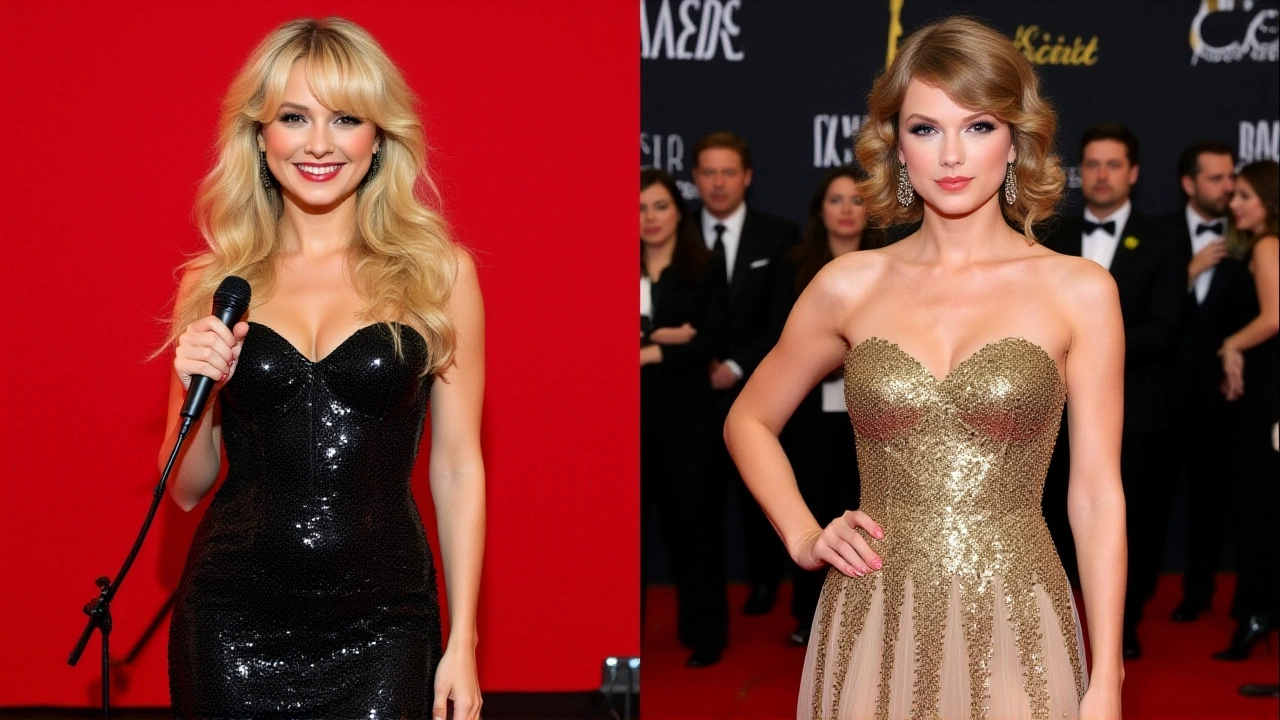Gender Criticism
When exploring gender criticism, the analysis of how gender norms shape media, policies, and everyday interactions. Also known as gender critique, it often intersects with sexism, prejudice or discrimination based on gender and draws on feminist theory, a body of ideas that examines women's experiences and power structures. In plain terms, gender criticism looks at how ideas about "men" and "women" influence the stories we hear, the laws we follow, and the expectations we face. It asks questions like: Who benefits from a particular portrayal? Which voices are missing? By mapping these dynamics, gender criticism helps spot bias before it becomes entrenched.
How Gender Criticism Connects to Everyday Topics
One core semantic link is that gender criticism encompasses the study of gender stereotypes – the over‑simplified traits assigned to people based on their gender. Those stereotypes spill over into media representation, the ways films, news, and ads show men and women, shaping public perception and influencing policy decisions. For example, a news story that repeatedly shows men as decision‑makers and women as caregivers reinforces a power imbalance. Another connection is that gender criticism requires awareness of intersectionality, the overlapping of gender with race, class, sexuality, and ability. When analysts consider intersectionality, they see how a working‑class Black woman faces different challenges than a middle‑class white woman, adding depth to critiques. This layered view also reveals how economic factors, like the lack of a vehicle (as discussed in some of our posts), can intersect with gender expectations, limiting social opportunities for certain groups.
Why does this matter for the stories you’ll read below? Each article, whether it’s about a small‑town coffee shop closing, a TV series finale, high‑school football scores, or shifts in farming practices, contains implicit gender cues. A Starbucks closure might affect male‑dominated labor markets differently than female‑dominated service roles. A sports recap often highlights masculine competition while sidelining female athletes. By applying gender criticism, readers can spot where sexism sneaks in, where feminist theory offers a corrective lens, and how broader social trends reinforce or challenge traditional gender roles. As you scroll through the collection, think about which narratives uphold stereotypes and which push back. This perspective turns everyday news into a deeper conversation about fairness, power, and inclusion.
Sabrina Carpenter’s seventh album sparks controversy over its provocative cover and perceived misogyny, dividing fans and critics while echoing past double standards in pop.
